As Bali’s largest and most sacred temple complex, Besakih Temple, also referred to as the “Mother Temple,” is located on the slopes of Mount Agung. The iconic site is a must-see for anyone seeking to gain a deeper understanding of Bali’s spiritual and cultural heritage. Here’s all you need to know about visiting this magnificent monument.
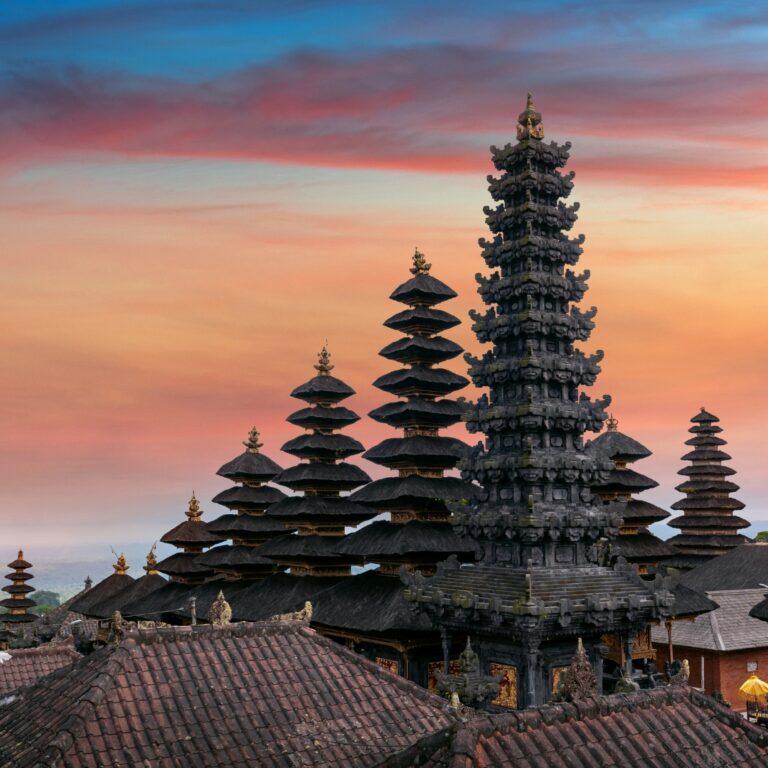
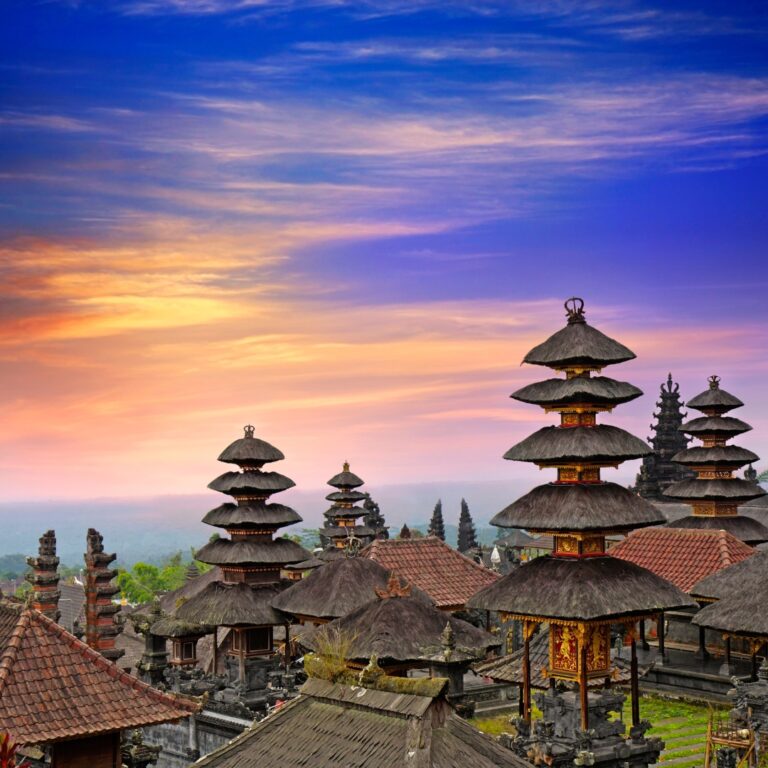
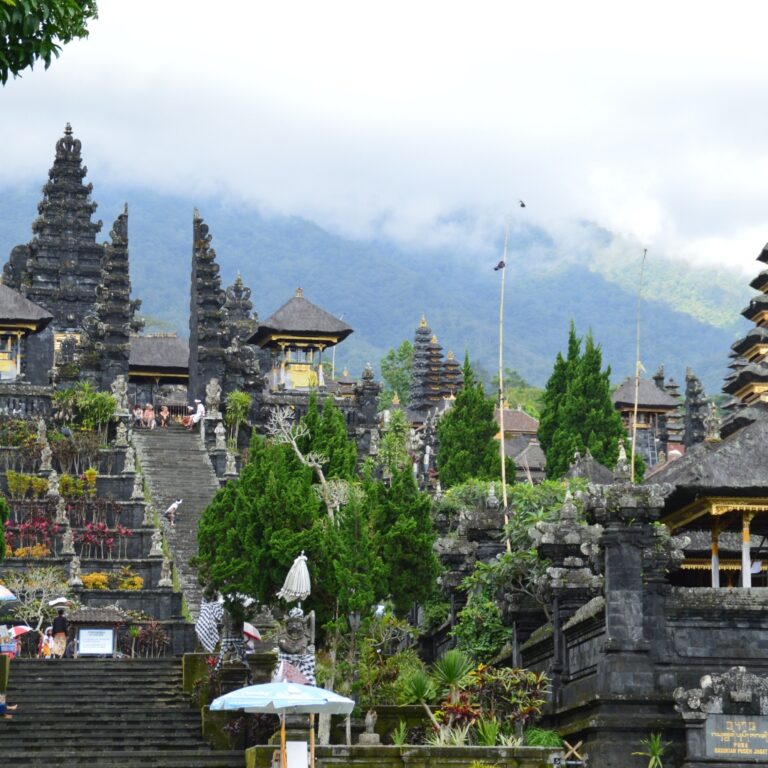
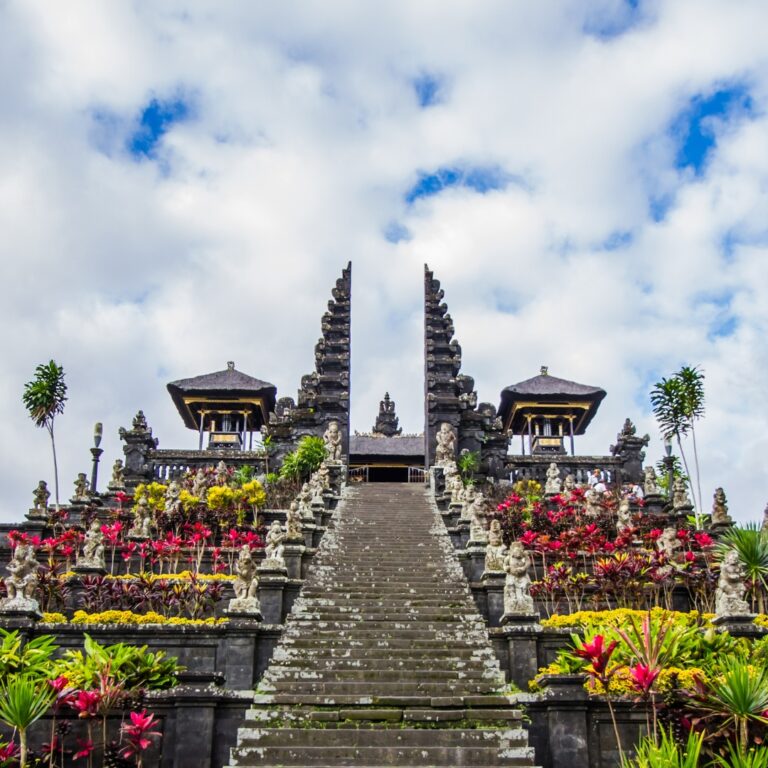
Besakih Temple is over 1,000 years old and serves as the holiest Hindu temple in Bali. Known as the “Mother Temple,” it is a complex of 23 smaller temples, with Pura Penataran Agung as its main sanctuary. The architecture reflects classical Balinese design, featuring multi-tiered shrines (meru), ornately carved stone gates, and intricate statues of deities and mythical creatures. The serene ambiance, coupled with the cool mountain air, creates a peaceful atmosphere perfect for reflection and photography.
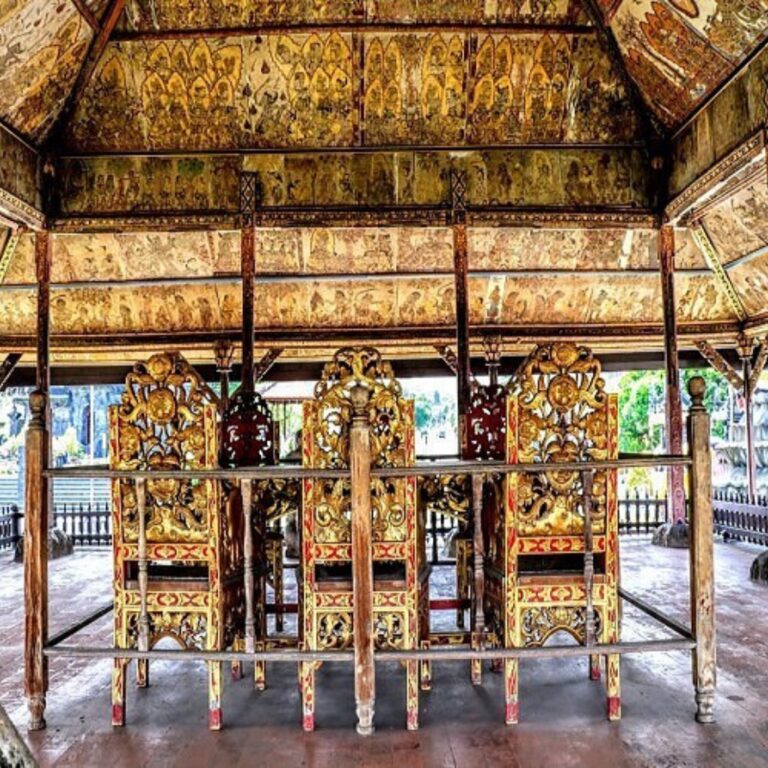
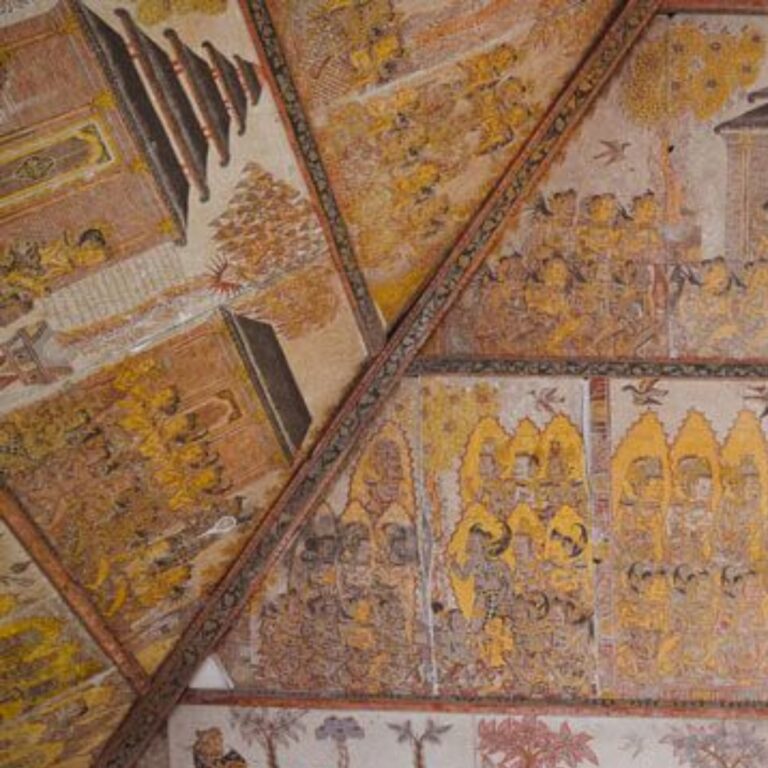
As our second destination on this tour we will visit Kerta Gosa is one of Bali’s most intriguing cultural landmarks. This 18th-century pavilion, once part of the royal palace complex, served as a court of justice where disputes were settled under the watchful eye of Balinese deities depicted in its elaborate ceiling paintings.
A visit to Kerta Gosa offers a unique glimpse into Bali’s royal history, traditional justice system, and exquisite artistry. Whether you’re a history buff, art enthusiast, or simply curious about Balinese culture, this historic site is a must-visit destination. It’s a place where past and present meet, leaving visitors with a deeper appreciation of Bali’s rich heritage.
PRICE
1 Person :
USD $70 / Person
2 Person or More :
USD $40 / Person
- Kerta Gosa is an 18th-century pavilion, once part of the royal palace complex, served as a court of justice where disputes were settled under the watchful eye of Balinese deities depicted in its elaborate ceiling paintings
- Besakih Temple is the biggest and is over 1,000 years old It serves as the Hindu temple in Bali.
- 9:00 AM Pick Up from Your Hotel in the Ubud Area (8:00 am outside the Ubud Area)
- 10:00 AM Explore Besakih Temple
- 12:30 PM Lunch Break
- 2:00 PM Visit Kertagosa
- 3:30 PM Depart Back to your Hotel
- Private Tour
- 8 Hours Tour Duration
- 21% government tax and service charge
- Private full air-conditioning car
- Speaking English driver
- Parking fee, Petrol & Toll
- Mineral water
- Sarong (use for the temple)
- Personal Expenses
- Entrance Ticket
- Meal
- Sunscreen
- Comfortable Shoes/Sandals
- Modest Clothes
- Cash Money
- Reservations or bookings via WhatsApp or Booking Form
- Payment upon arrival at the location in Cash (Rupiah, Euro, USD) or Online Payment (Paypal)
- A cancellation fee 50% of the total payment will be charged if a confirmed booking is canceled within one day prior to client pick-up
- No-shows will be charged 100% of the total payment
- The images and videos showcased on our website come from one or more of our collaborating providers or partners. We maintain partnerships with various providers and partners.
- The scheduling of activities depends on the availability of our providers or partners on the designated day.
- Times and attractions can usually be customized to fit your request (just let us know)
- The times above are subject to change due to local conditions
- Hotel Pickup is included from the following areas: Seminyak, Kuta, Legian, Denpasar, up to central Canggu & up to central Ubud. If outside of these areas, we still offer pick-up for an additional charge.
- We can usually cater to vegan and vegetarian dietary preferences. Please let us know in advance so we can arrange suitable meal options for you.




